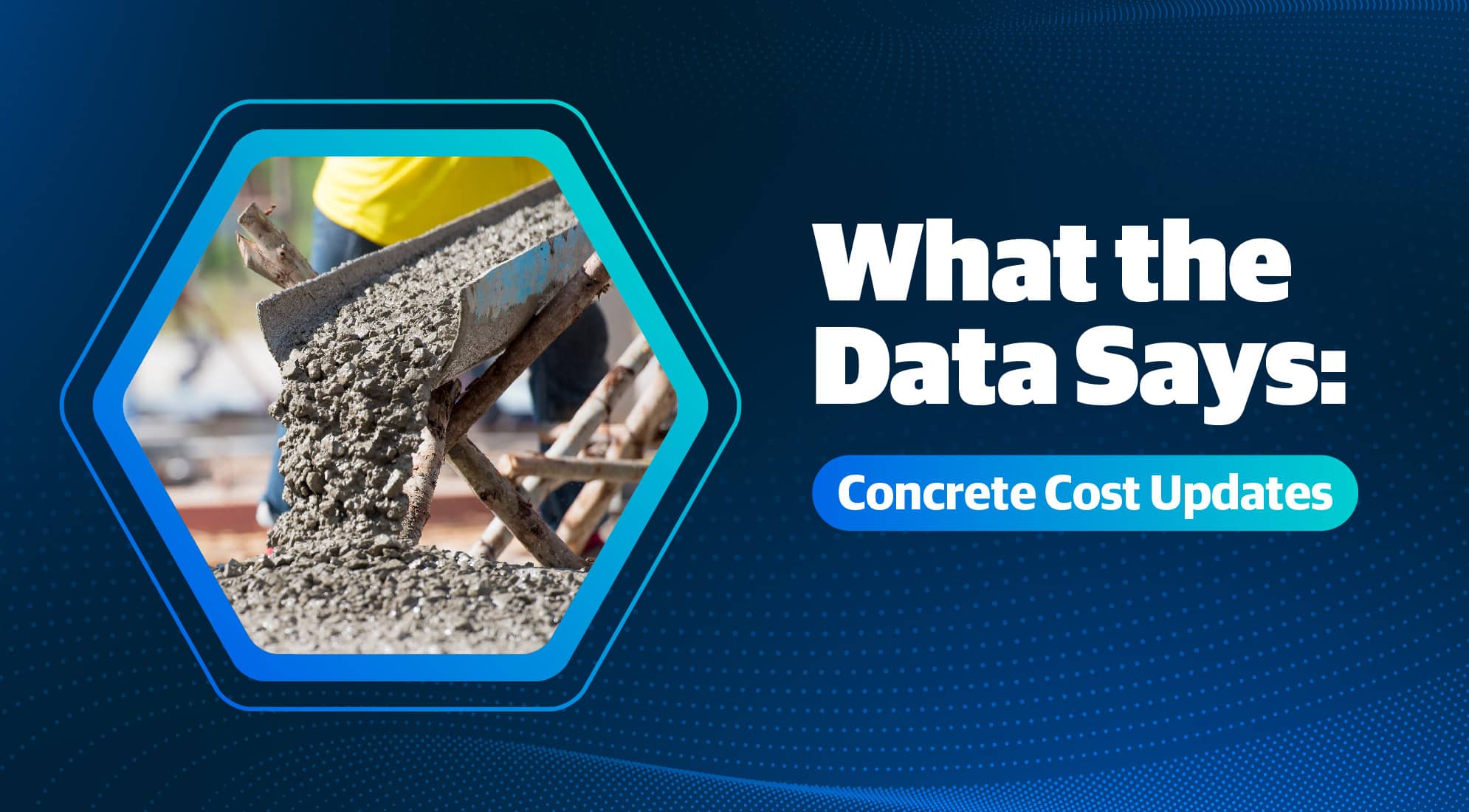In a world where we often meet our personal and business needs through a mobile device, many working in the facility management space make the observation that the industry has simply not kept pace with digital service adoption. Even the term “bricks and mortar” is often made to juxtapose a dated or obsolete approach with something fresh and modern.
It doesn’t have to be this way.
Historically, while the building industry has been (at times) slow to incorporate digital solutions into workflows, the information technology community was equally at fault in ignoring the needs of buildings. For decades, digital services teams were often focused on enhancing desktop tools or developing new apps to deliver services to the public or to internal staff. Property owners and designers explored and implemented a range of technology solutions to improve the occupant experience and improve the management of buildings. The world of bricks and mortar offers a new frontier for innovation.
Increasing the adoption of digital services goes far beyond building controls and advanced construction materials. It is also a way of working. Concepts such as teams of teams, delivering products with Agile methodologies and user-centric design may at times seem foreign in real estate unless working in the specialty of interior design. Terms like “fail early and often” have dire consequences when constructing a building or a water supply system.
Organizations are seeing that working digitally is delivering exceptional products and services and also appeals to the team-based work style of a creative and innovative workforce. Adjacent services and building occupants also expect to have access to services and information from facilities managers just as they would for other services.
Working “digitally” also means modernizing how corporate real estate is delivered. Modern facility management teams have higher expectations of the digital services being used such as integrated workflows throughout the building lifecycle, seamless and intuitive user experiences and features that responsibly utilize artificial intelligence based on data.
Receive your Facilities Condition Index (FCI) estimate using our free calculator. Get your results immediately — no need to provide contact details.
Enabled by intuitive technology platforms, economic data such as local construction costs, and portfolio data such as facility condition and building performance can be used to improve many aspects of the value stream. Two examples are innovative contracting methods to expedite project commencement and capital investment planning systems. Combining sophisticated data practice and user-guided decision algorithms allows facility management, finance and procurement teams to deliver on their mandate more efficiently.
The world is adapting to how we consume goods and services, so too is the world of bricks and mortar.






